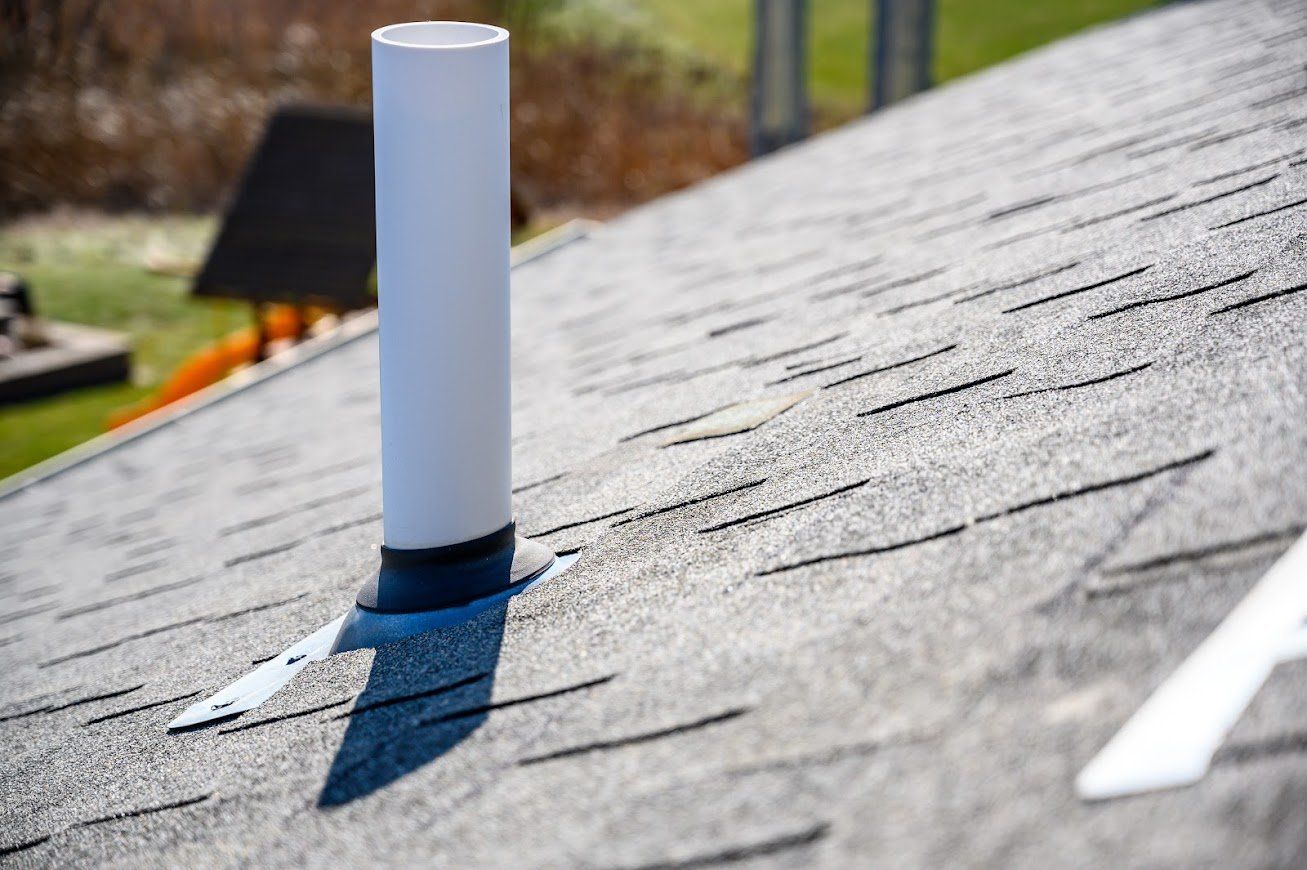5 Problems Caused by Poor Roof Ventilation

Roof ventilation is an essential element of your roof. The ventilation maintains air circulation in the attic and releases moisture and heat, which reduces humidity levels in the house and maintains a good balance between indoor and outdoor temperatures.
Without proper ventilation, hot air and moisture accumulate in your home and cause many problems. This article highlights five problems caused by poor roof ventilation.
1. Mold Growth
When properly ventilated, an attic should be a dry place. However, when you have poor ventilation, moisture gets trapped in the attic, creating an environment that encourages mold growth.
You release warm, moist air when you shower, cook, dry clothes, or even breathe in your house. If your windows are not open, the warm moist air cannot exchange with cooler, dry air from outside and rises into the attic.
If your attic has enough ventilation, the moisture escapes to the outside and your attic remains dry. Without ventilation, the moist air condenses when it gets cold, and the resulting water accumulates in the soffit and causes mold growth.
2. Extreme Indoor Temperatures
A poorly ventilated attic traps hot air in the house during the summer. Since the air cannot escape from the house, it increases indoor temperatures.
When the heat in your home reaches extreme levels, your HVAC unit overworks to cool the house. This increases your energy bills significantly. If your AC is constantly in overdrive, the stress may eventually cause it to break down. The extreme heat may also damage your roofing materials.
3. Moisture and Heat Damage
Moisture accumulation from within your home degrades your roofing material. Constant exposure to moisture causes the nails and flashing on the roof to rust. Mold growth beneath your shingles may also cause them to rot.
You will also observe signs of moisture damage on your interiors. For instance, you may have peeling or blistering paint. Moisture may also damage your drywall, and your ceiling may start to sag. The high temperatures in your attic will also cause stress on your shingles, causing them to buckle or curl up.
The damage from heat and moisture caused by poor ventilation severely compromises your roof's structural integrity. If the damage to your roof is extensive, it forces you to replace your roof sooner than expected.
4. Ice Dams and Water Damage
During winter, snow accumulates on the roof. The heat inside a poorly ventilated attic melts the snow, and the resulting water refreezes in the gutters and forms ice dams. The buildup of ice during the winter blocks snow from melting off the roof.
The moisture on the roof will also seep into the shingles and through cracks in the roof's surface, causing significant water damage. The snow may also seep into the fascia boards and cause further damage. You will also experience leaks in the attic when the snow on the roof melts, and the water leaks through cracks on the roof.
5. Delamination
When excessive moisture in the attic begins to seep between the roof membrane and insulation, it causes delamination. This means the roof membrane begins to pull away from the insulation, and as a result, the shingles become loose and could tear off the roof in high winds. A sure sign you have poor ventilation is when a large portion of your roof has loose shingles.
If you have observed any of the above issues in your home, your ventilation is not working as well as it should. A roofing contractor can inspect your roof to determine the state of your ventilation, identify damages caused by poor ventilation and make recommendations on how to fix your roof.
Contact JCB Roofing for an evaluation and installation of attic ventilation in the Georgia and South Carolina areas.
















